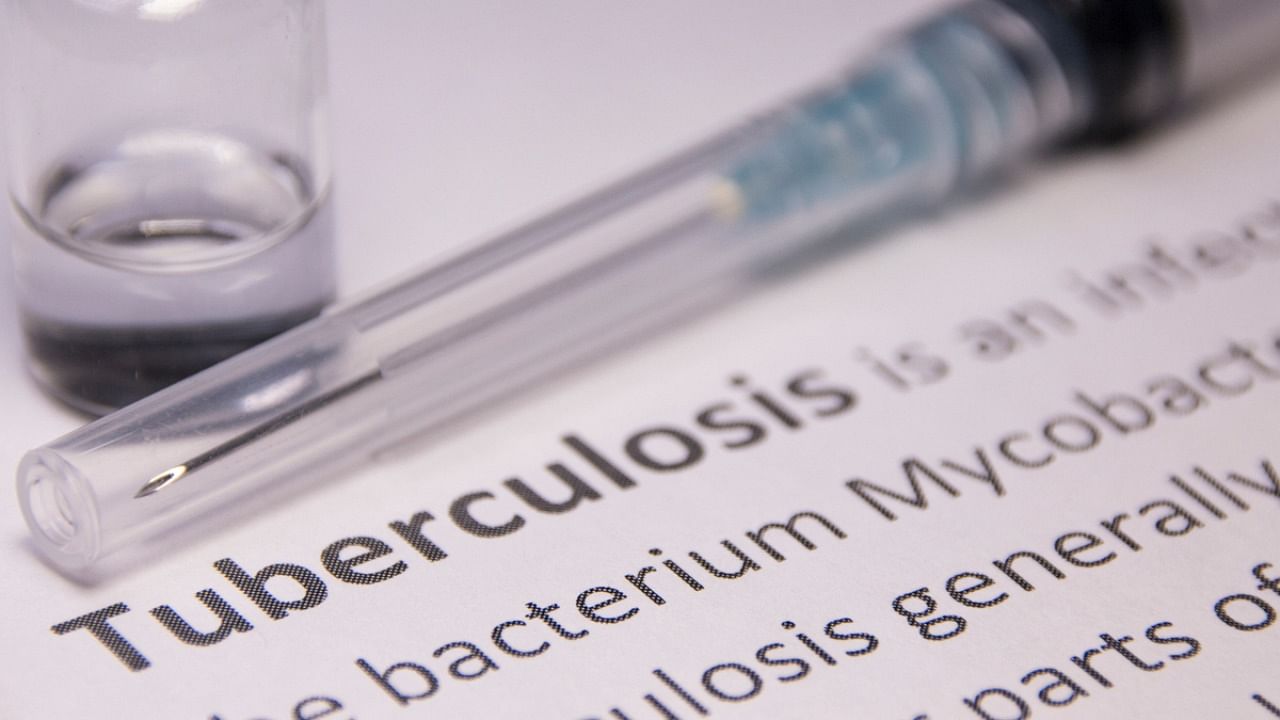
Representative image.
Credit: iStock.
The link between nutrition and tuberculosis has long been known from the experience of the change in the incidence of the disease among people with varying economic backgrounds. The disease has been found to be more common among people in the poorer strata of society in all countries, and the cases became fewer when living conditions improved. This correlation has been found in India also and studies have supported it. A comprehensive study published in the prestigious medical journal Lancet has also shown that high nutritional levels not only reduced the incidence of the disease in the community but also the mortality rate of patients. The study was conducted by ICMR and the TB Institute of Chennai in Jharkhand (which has a high burden of TB and multi-dimensional poverty) from August 2019 to August 2022. It is relevant and applicable to other parts of the country, too, and elsewhere.
The study quantified how under-nutrition can be tackled in a disease-prone setting: Giving monthly provisions of a 10-kg food basket of rice, pulses, milk powder, oil and multivitamins to the patients was found to reduce the incidence of all forms of TB by 40% and of the infectious lung TB by 50% among those in contact with the victims for six months. The family members need 5-kg rice and 1.5-kg pulses per head per month as part of the nutrition against TB infection. Early weight gain in people with the disease lowered the risk of mortality by 60%. The finding should be seen against the fact that TB and its medication often reduce appetite. The disease also causes “wasting” or low weight-for-height and even recovered patients with a poor diet face the risk of relapse. The results of the study are therefore very useful in the campaign against TB. This is particularly important because India has the highest burden of the disease in the world and reported more than 4.5 lakh deaths in 2020.
The National Tuberculosis Elimination Programme (NTEP) has recognised the role of nutrition in treatment. The Nikshay Poshan Yojana gives Rs 500 a month to those diagnosed with TB. But this is inadequate. According to NTEP guidelines, a tuberculosis patient consumes 2,800 calories every day. The programme has suffered from many problems and it needs to be implemented better. This is particularly important because surveys have found that tuberculosis burden in India is 1.6 times higher than previously estimated and 64% of the symptomatic population did not access healthcare services.
A better focus on nutrition will help to improve outcomes, though the aim of eliminating TB by 2025 may not be achieved.